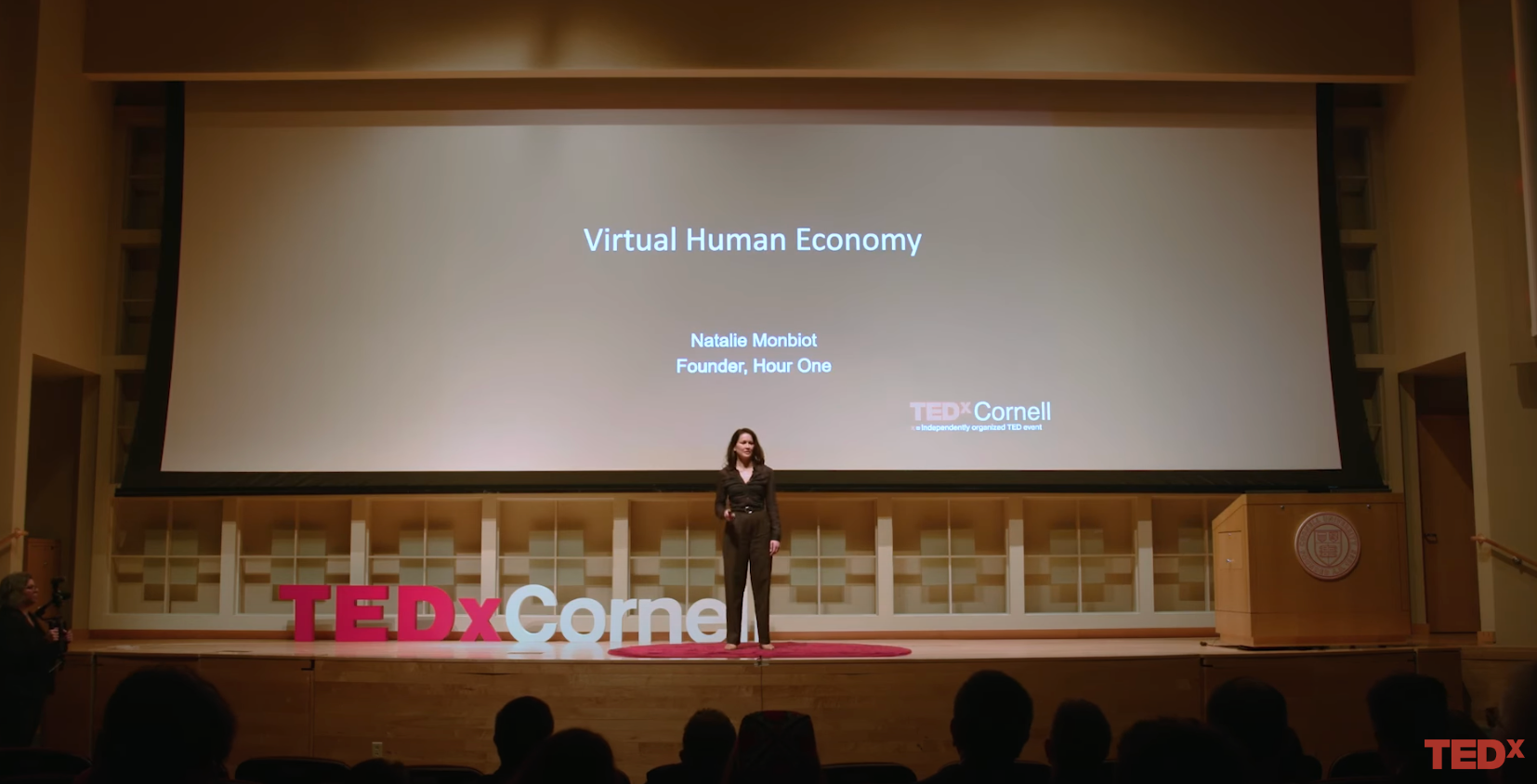Creating content for online consumption has become critical to every business with a website or social media profile. Marketing and sales funnels require this content to help leads move from awareness to purchasing. But as time has passed, the kind of content audiences want to see has changed. Much like traditional newspapers were replaced by 24-hour news television, text articles on the internet are being replaced by video content.
Recent surveys of marketers indicate that 90% are using video as part of their strategy, 81% are using video on their website, and nearly 63% expect their use of video to increase.
There are good reasons for this overwhelming adoption of video. 88% of people have been convinced to buy a product or service by watching a video. Video has proven to positively impact sales, increase user understanding of a brand’s product or service, and return a positive ROI.
But creating high-quality website video content can be daunting, especially for those with limited resources or budgets. One of the best, most affordable, and most efficient ways to generate website video content is to repurpose articles into videos. Converting text to video offers many advantages for businesses of all kinds—and the best part is that it doesn’t have to be complicated.
In this post, we’ll look at the benefits of converting articles to video, the options to do so, and provide you with a super simple guide that will help you take advantage of the growing desire for video content by using the latest AI-powered technology.
The Benefits of Converting Articles to Video
Along with the boost to video marketing we’ve already detailed, converting text articles to video content offers significant benefits. These include:
Expanded Reach & Engagement
Videos can reach and engage a bigger audience than your text articles ever could. Consider that YouTube has 2.6 billion users globally and that 68% of those users watch YouTube to inform their purchasing decisions. Can you say “gold mine?”
Repurpose Existing Content
Rather than hire a scriptwriter for a slew of new videos, repurposing previously written articles into videos saves you time and money while keeping the focus of your content marketing on point.
Versatility
Videos are used effectively in various use cases, including learning and development, employee onboarding and training, real estate, news websites, and more. Articles written for almost any business purpose can easily be improved by turning them into a video.
Scaling
Once you’ve created a video from your article, the latest technology makes creating additional videos in different languages easy, allowing you to scale your efforts and develop deeper connections with other target markets.
Easy to Create
Thanks to the latest article to video converters, creating engaging videos from your existing text is easier than ever, no matter which way you choose to do it. But as we’ll see, some methods are easier than others.
Options for Converting Articles to Video
There are three options for converting articles to video, each with pros and cons.
1. Manual Conversion
Option one is to manually convert articles to video using human labor. This might mean doing it yourself or hiring a freelancer to handle your conversion. Converting an article to a video this way offers a high degree of potential creativity, flexibility, and quality, but the cost of doing so is also highly variable.
If you outsource to a freelancer, finding, vetting, and hiring them will require additional time and expense. There’s also the matter of securing and paying for the equipment, crew, and studio space you’ll need for creating the video. Ultimately, this method is best used when there are no other options.
2. Article to Video Software Solution
The second option is to use software to convert articles to video. Many different types of article to video software solutions are available, such as text to video editors, animation software, slideshow creation tools, and even AI-powered video generators. This software can save time and money, but it can also be challenging to use and may not produce the same level of quality as manually converting articles to video.
The other issue with article to video software solutions is figuring out how to choose the right one, which can be a lengthy, trial-and-error process. Fortunately, we’ve made that simple for you with the third option.
3. Hour One
Hour One is the best-in-class AI video generator. Using the latest in cutting-edge machine learning technology, Hour One allows you to quickly and easily create virtual presenter-led videos generated from articles you input into the system. The result is engaging, high-resolution videos that can be customized using an array of templates, languages, dialects, and presenters.
Videos created in Hour One are affordable, fast, and infinitely scalable at the touch of a button. It also includes API integrations, collaboration tools, and MP4 downloads to make it simple to share your video across platforms and people. The good news is how easy Hour One is to use.
The Super Simple Guide to Convert Articles to Video
Ready to convert an article to video using Hour One’s app? You can do it in three simple steps.
#1 Select a Video Template & Layout
If you’re going to build a house, you need to start with the foundation. First, consider the purpose of your video. What is the article you are converting about? Will the resulting video be for employee training, e-learning, news, e-commerce, or something else?
Once you’ve made that decision, you need to select an appropriate template and layout from many available options designed for various use cases. You can use the Brand Kit to customize further by inputting your logo and selecting the colors and fonts that represent your brand. At this stage, you also can upload any additional images or slides that you might want to have in the video.
#2 Choose a Character, Voice, & Enter Text
Now comes the fun part—choosing a character. Hour One allows you to pick from over 100 diverse characters to act as your virtual presenter. HyperReal presenters that are hardly discernible from actual humans engage viewers and create videos with high conversion rates.
However, if you can’t find a presenter that suits your video in the character library, you can create your own AI character. It could be your CEO, Director of HR, or even you!
After you’ve selected your character, the next step is to choose their voice. Hour One offers a library of 35+ languages spoken in different voices, tones, and dialects.
The final phase of step #2 is uploading the article text to Hour One. Once you have input the article text document, your character has words to speak in your video—and you’re ready for the final step.
#3 Create & Share Your Presenter Video
This is it, the moment you’ve been waiting for. With all your elements in place and your article text uploaded, you simply press a button, and your presenter-led video is created in minutes.
With your video created, you can quickly make any desired edits and add captions if you like.
Then you can output your video as an MP4 and share the file or embed code to your favorite social media platform, website, email client, or any other place your video needs to be seen. Could it be any simpler?
The KISS Rule: Keep It Super Simple with Hour One
Video is becoming the dominant content that people demand online, and marketers for all kinds of businesses are ready to provide it. Converting articles to video offers businesses significant advantages, particularly in expanding their audience and saving time and expense. While it’s possible to convert articles to video manually, the best solution is to use article to video software.
For most business use cases, the best article to video software solution is Hour One, a powerful AI video generator that keeps text to video conversions super simple. It only takes three steps to convert your article to an engaging, virtual presenter-led video in almost any language. Affordable, fast, and scalable, Hour One’s solution is available to try for free.
Convert your first article today—you’ll be amazed by how super simple it really is.















